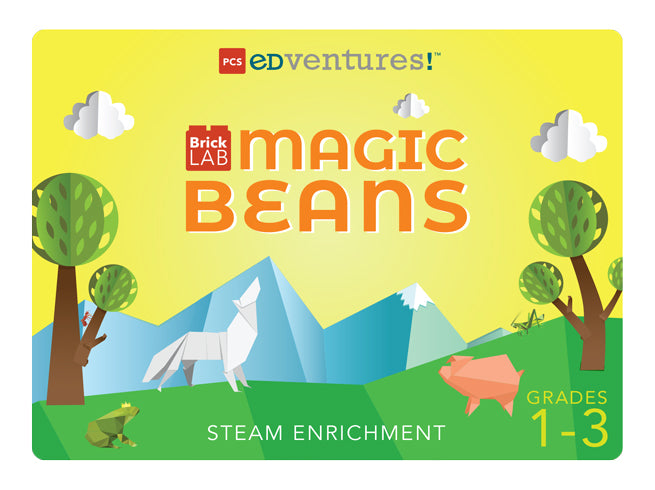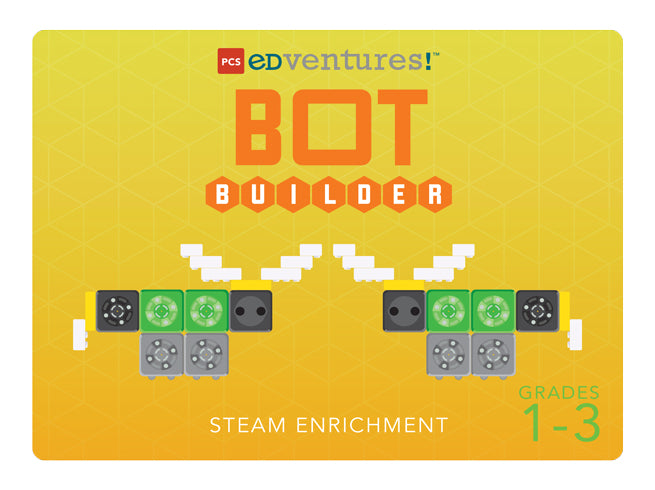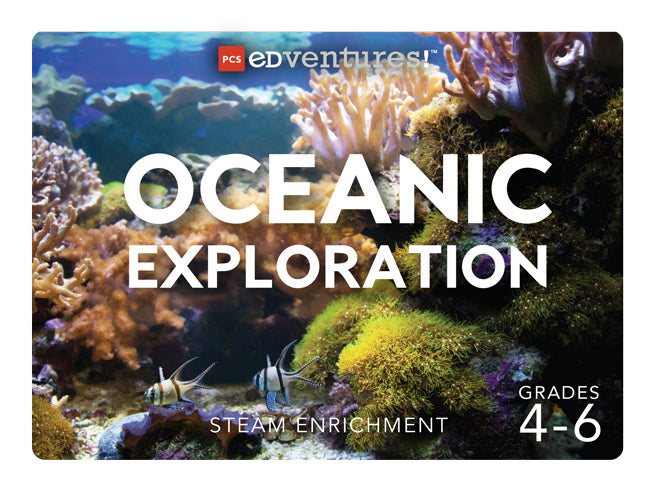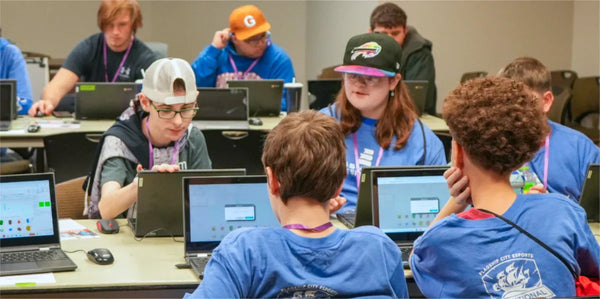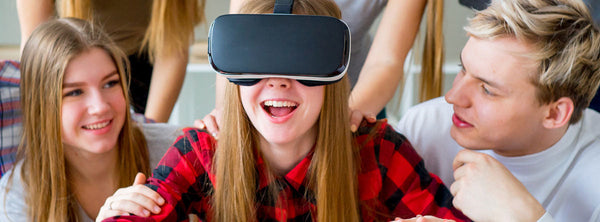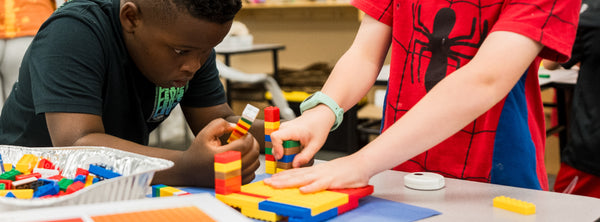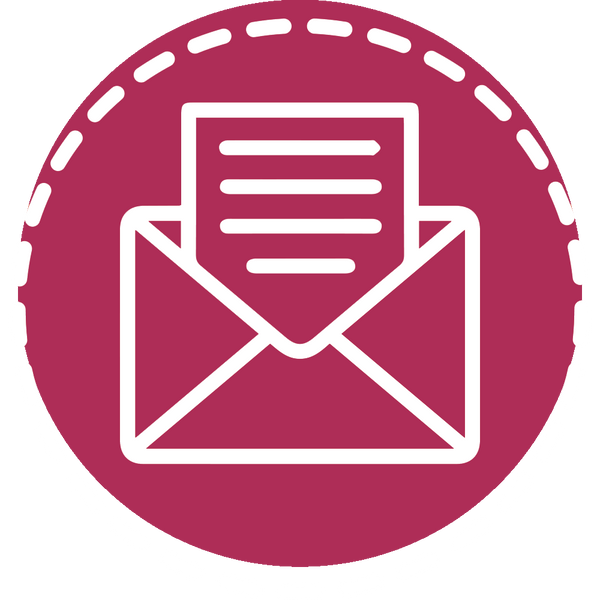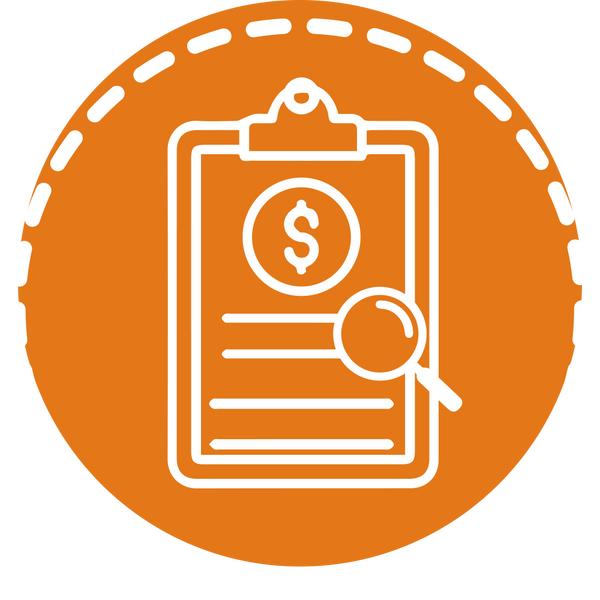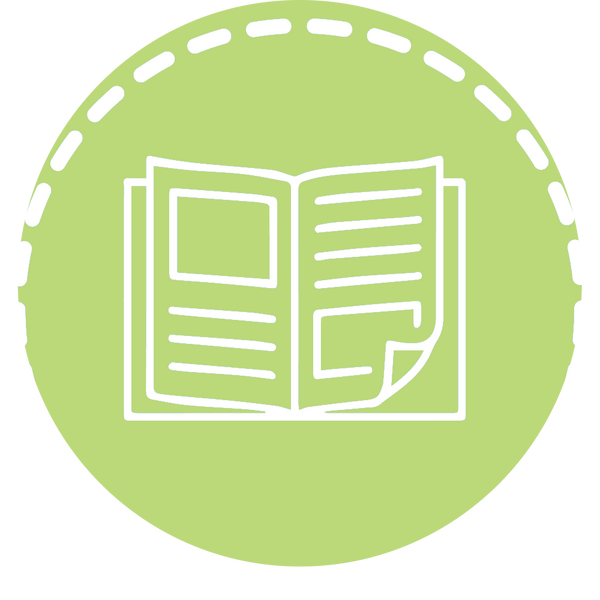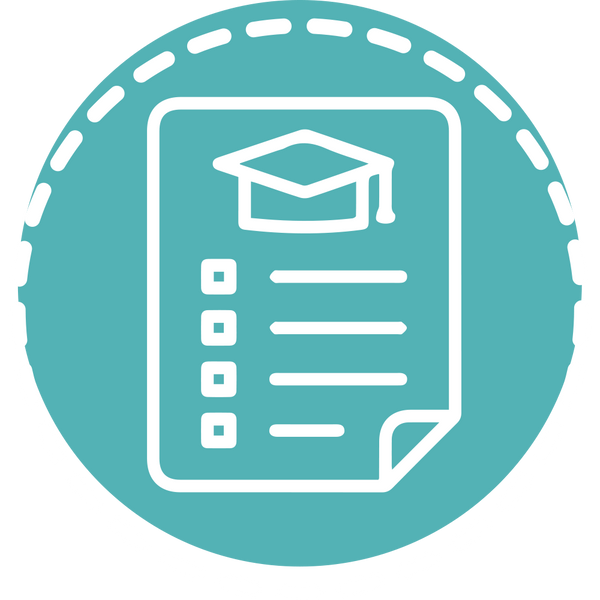Hello, my name is Kim Turner, and I have been an educator for over 32 years.
Many of my years were spent in gifted education, where I was fortunate enough to start a STEAM lab.
And, um, just grew my love and desire for STEAM education for students.
I retired in 2023, and, um, in the summer of '24 I missed kids and I wanted to go back and, um, teach summer school.
And so I went back to my district and they actually offered a unique opportunity for me to set up a STEAM lab for all the students, um, at one of our elementary schools.
K-5 and all the kids would come see me one time per week and experience STEAM firsthand.
So it was a really exciting opportunity. Um, I partnered with PCS Edventures to, um, bring in some of their curriculum.
Oceanic Exploration, Magic Beans and BOT Builder, and then I wrote some of my own curriculum in treehouse engineering and some roller coaster engineering for our 5th grade learners.
It was just an incredible month. It exceeded my expectations and, uh, just affirmed me more more and more just how important it is for all learners to access education, um, opportunities in STEAM.
And um, the day was structured that each class would come to me for 45 minutes to 60 minutes.
And um, I had an opportunity to work with all different types of students.
English as a Second Language, special education, um, gifted students.
And I would say across the board equally, it just leveled the playing field. Every learner thrived and was excited to come to STEAM class.
One of the curriculum topics we used in our summer STEM programming was Oceanic Exploration.
And this is a, um, curriculum from PCS Edventures that has 12 lessons that are very well planned out.
Each lesson, um, told the teacher what he or she needed to do, then moved into what the students would be doing.
Um, showed the 21st century skills that would be addressed. Um, it just, it was a very well thought out curriculum.
And it it was very high interest, the kids loved it. Living in the middle of Missouri we don't get a lot of access to the ocean. So ocean type, uh, themes are very high interest here.
And uh, the kids learned anything from plate tectonics and using clay. We did underwater volcanoes, um, we learned about the layers of the ocean and the water cycle and, um, how clouds are formed with a cloud demonstration that was really fun.
Um, the kids also tracked sharks, and learned about latitude and longitude, and did a a GPS activity that they were really interested in.
So there was just a lot of variety in the, um, in the unit the programming, and it was very high interest.
The kids, some of the things the kids said was that their favorite part of ocean STEM was learning about the ocean.
Another learner said was, uh, favorite part of ocean STEM was working together in on the different projects.
Um, the teacher that accompanied the class loved the authentic learning and the engagement. Um, and she said it was just the favorite time of day for the kids.
Um, they came in every Monday morning asking "When is STEAM? When is ocean STEAM?"
So the pro-- the program itself was very engaging. Um, very user-friendly for teachers.
Um, I really enjoyed implementing it and trying it, and I think the kids and the, the teacher loved it just as much as I did.
Let's go into a little bit more depth just about uh the structure of the program, um, this summer at Shoal Creek Elementary School in, uh, Liberty, Missouri.
We had, um, over 600 kids come to summer school, and the ages were, uh, kindergarten through 5th grade.
Each grade level had, um, 4-5 classes and, uh, we just we structured it that everyone would be able to come at least 4 times.
Now, Oceanic STEM we did, um, a pilot and, um, we ended up meeting 8 times to pilot that particular, uh, PCS programming.
Um, the curriculum choices were kindergarten and 1st grade, we did fairy tale engineering and it was inspired by, uh, PCS Edventures Magic Beans curriculum.
And, uh, 2nd and 3rd graders were able to experience BOT Builder. And, uh, were just, it was fabulous.
The literature tie-ins, um, as well as just their ability to, uh, program or use the Cubelet bots.
Uh, 4th grade did a 3-4 session, um, treehouse engineering. And our 5th graders did roller coaster engineering, and then they did some STEAM problem solving, um, activities where they were given a challenge and, um, they worked together to to build something.
Whether it was a pulley or a lever or, um, a catapult or something, um, with a challenge and some constraints to, um, really give them an opportunity to do some problem solving and critical thinking.
Let's talk a little bit about, uh, the structure and curriculum highlights.
Um, in kindergarten and 1st grade, we focused on fairy tale engineering. And really uh, the idea with our littlest learners and littlest engineers was to concentrate on developing some 21st Century Skills.
Communication, Collaboration, um, cooperation, and some creative thinking.
Um, we would start with a piece of literature. And it was a fairy tale such as The Three Little Pigs or The Three Billy Goats Gruff or Little Red Riding Hood.
And then we would, um, after we would read the literature they would work in pairs or threes and fours and they would build, um, something that related to the story.
For, so for instance, in Three Little Pigs, they needed to build a house house that the wolf could not enter.
But the constraints, or the the challenge, was to include at least two security features that would prevent the wolf from entering the house.
And they went through the engineering design process, they did some planning and some discussing, imagining, before they actually started to build.
Then they would, um, build their prototype, test whether they thought the wolf could get in or not.
Um, sometimes they would go back and improve, um, and then they would share.
And and really, that was awesome, just to be able to see the kids verbalize, um, what their security features are. Uh, they just were very creative in their thinking.
Our 2nd and 3rd grade learners worked, um, in BOT Builder. And once again, we started with the piece of literature.
And we started every class with "What is the engineering design process?" So every class they were reviewing the steps of the engineering design process.
They would, uh, listen to the book. They would talk about some of the things that they heard in the book, whether the character had perseverance or, um, risk-taking or grit or, um, just whatever, um, character quality that we were trying to bring out in class that day.
Um, they had many challenges that they were trying to work through. Um, and it was just really incredible to see the problem solving the critical thinking.
From day one where they didn't know what the cubes did, all the way to, um, day four or day five where they were building complex robots, um, that actually, um, could do something.
Whether it was a conveyor belt or push something or, I mean, they just had some really incredible, uh, creativity and critical thinking that went, um, in with the BOT Builder curriculum.
Our 4th grade learners worked on treehouse engineering. And once again we started with the piece of literature.
And then, they went through the entire engineering design process. Imagine what they wanted in their, um, treehouse.
Then they moved into sketching, um, and adding details. They looked at the supplies they had.
They worked on the actual building of the prototype. They tested it, then, if it didn't work, they went back to the beginning and started over, maybe with a new question of how I can design a treehouse that does this.
Um, just really creative in their thinking and, um, they worked really well together together, and a lot of excitement and energy.
Our 5th grade learners started with roller coaster engineering, and once again went through the whole engineering design process.
And they, um, they had some constraints and some challenges as well.
Like, they needed at least two turns, they needed a certain amount of, um, length.
Um, they were able to not only, um, work within the constraints, but then also added their optional features as well, based on their experiences in roller coasters.
It was really just fun to see kids working together excited, just coming in and knowing exactly where they were in the process and what they needed to do next.
Um, we started every class with a review of the engineering design process, and then we ended every class with what I observed and then what they observed.
And by the end of class, um, I didn't count, but I bet we had over 60 observations.
Um, things such as like, I learned that it's okay if it doesn't work out the first time. Or I learned that teamwork really helps in trying to complete a project, or just how important it is to collaborate and, um, how important communication is.
We, they just really, you could see the 21st Century Skills just like, um, become just very real to them.
And it was just exciting to see that not only what I was observing, um, as they were working, but they were seeing it as well.
And, um, they, you know, it was... One of the observations I loved was that it's important to encourage other people.
It's important to listen to other people's ideas. That they may have just as good of an idea as I do.
And for kids to kind of arrive at that after four weeks, um, I thought was pretty incredible.
My initial observations from, uh, working with the students for the entire, uh, month of June, um, was...
First, there was never a question once we started working on "what do I do now?" or "how do I do this?" or, um, depending on the teacher to tell them what to do. There was just this energy in the room, and just everyone was working.
I mean, people would come into the classroom and be like "wow," like "I've never seen kids, um, so focused or so engaged."
And that was, that was a win, I mean, when you get kids excited about learning, um, that they they aren't depending on you to tell them you need to do this next, you need to do this next, um, that's really exciting as an educator to see.
Um, another observation I had was just the confidence. Kids were very confident in not only their ideas, but in the implementation of their ideas, and they were very confident in sharing.
So at the end at the engineering design process, when we're going to present, they were very confident in, uh, what they built, uh, their idea they had.
And if it didn't work out, like, we had a couple roller coasters that didn't do what they wanted it to do. They still had the confidence that they had a good idea, that the supplies that they were using just didn't work out. And that if they had more time they would be able to improve it.
And I love that! Like, they didn't see it as a failure. They saw it as, I could keep, um, working if I had more time, and I know I could get it to work.
And so that was, um, really also just incredible to see that maturity, um, so I just felt like that was a really important piece of what, um, I observed from the entire month of STEAM education.
Our month in STEAM, um, created a lot of excitement, not only amongst the learners but amongst, um, the teachers and district personnel.
So one of the things that happened is that, uh, word got out that, um, there was just some real excitement around, um, all our STEAM learning.
And, um, we had a district personnel stop by and observe, and really became very excited about seeing the engagement from the students.
And when they would walk around and ask them what they were doing, they knew exactly where they were. They were in the planning stage, they were in the creation of the prototype, they were getting feedback so they could make an improvement.
And so they were really saw some authentic learning, um, and problem solving. Um, enough so that the district, um, wants to move this from a single, um, school opportunity in summer to have all our elementary kids be able to experience this next summer.
Uh, there was also some discussion of making this a special during the school year. Just because they saw first-hand the problem solving, the critical thinking, the engagement, the creativity. It's just everything you want your learners to be doing.
Um, so that was one of the outcomes that was unexpected, just to see the excitement, um, from our building administration and then our our district personnel as well.
Um, educator feedback was just also incredible. I mean, we had two special education teachers in particular that came in to pull kids out.
And they ended up just staying in the classroom and watching. And one, one teacher said that they had never seen their, um, their student, um, so engaged and able to work with peers.
And really the kids in the group were looking to him as the expert, and so that just gave him a boost of confidence that he doesn't normally have, um, not seeing a lot of success and thriving in a in a regular classroom setting.
And then I had another, um, special education teacher, um, also make an observation that she had just never seen such confidence from one of her students, and, um, just saw her in a new light.
So there was just a lot of, um, good feedback from the educators as well. They stayed in the classroom with me, and so they could see, um, the projects from beginning to end, and they could see the progress from the first week until the last week.
And so that was, I think, um, really good for them to be able to observe firsthand. Um, the kids aren't only just, like, loving to go to STEAM class, but, um, some of the the skills that they were able to apply amongst their peers.
And, um, so I just I felt like that was some excellent feedback, um, from our educators.
Let's talk about student feedback. And, um, that was so much fun to see throughout the month.
Every morning, um, throughout the the month of June, I had a 1st grader who came in and wanted to know what we would be doing that week, had I thought about this?
Um, what he was doing at home based on what we had done the previous week. And so just to see that that learning carried outside the classroom was really incredible.
Um, I also had some 5th grade students who came in who wanted to help plan, um, our next STEAM challenge.
And so they submitted some ideas which, um, that was, uh, exciting because they were just so invested.
In our Oceanic Exploration, we did a shark GPS activity, and one of the 4th grade, uh, learners, um, took home all the data and plotted it out that night after we had done just like one sheet of data.
And plotted it all out, brought it in the next day, had looked at the website that tracked sharks, and just showed just, like, a real excitement and genuine just love for learning.
Um, so I just, I felt like as the kids were moving through the month, they were just, um, so engaged and interested. And it was just really authentic learning.
I like everything about STEAM education.
Um, yeah, I like how it's allowing us to be creative and use critical thinking at the same time.
What I like about STEAM is that people get to bond with each other. And just have time with each other. And get to work and they develop teamwork skills with STEAM. And have a lot of fun with each other, which is a good thing for kids.
They were just excited to come into class. Um, as directions were being given you could hear a pin drop.
Working, we didn't see any off-task behavior. Um, it was just an opportunity for them to really shine and thrive.
And STEAM, um, offers that. It offers something for everyone. Um, maybe one day you don't, you don't like building something and engineering as much as you do in doing a science experiment.
But there's just, like, something for everyone to really like learn and grow and thrive.
And I think that's what made it so much fun for me throughout the month. I mean, I just came home every night just so excited just to see, um, the kids just loving learning.
And, and ultimately as educators, um, what we want to do, is, we want to cultivate curiosity in our in our kids.
We want them to be asking questions and seeking solutions. And we never want our ceiling to be their ceiling.
And and that's something I've really learned, um, through my years and experience of STEM education. Is that, I want them to be the drivers, and I want the kids to be asking the questions and coming up with the solutions.
And, um, and I, and I think when you create that environment in your classroom, partnering also with, um, just good supplies and programming and curriculum...
I think it's like a win-win for the kids. And and, um, I mean, at the end of the the month, I had kids coming in and asking "Are we going to do this in the school year?" "Are we going to be able to do this again?" "When when can we do this again?"
So just, once again, just a genuine enthusiasm for loving-- for learning.


